|
|
|
Welcome to
my web page about the Baby Great Lakes biplane designs. One of the smallest
inexpensive
biplanes to own and build. But if you fly one,
make sure you get some tail
dragger time in first and know about it's
tendencies of ground
effect! Quite a few pilots have
gotten themselves into trouble
because they didn't !!
SOME HISTORY ON THE BABY LAKES BIPLANE AND THIS WEBSITE
I have compiled these pages after corresponding with Mr. Harvey Swack who sold plans for the Baby Great Lakes for many, many years. Harvey Swack sold the plans rights to Aircraft Spruce and Specialty, who now owns the rights to the design. Please note: This web page is not endorsed by Aircraft Spruce and Specialty. Since I have been a fan of this design since I started to build one in the 1970's, I wanted to share some about this neat little airplane with you. God bless.....M. Townsley
The
Baby Great Lakes designs also goes by other names: Baby
Lakes, Oldfield Baby Lakes, Baby Great Lakes, Super Baby
Lakes, Super Baby Great Lakes, and Buddy Baby Lakes. The
Baby Great Lakes, Oldfield Baby Lakes and Baby Lakes are names
for the same design. The Super Baby Great Lakes and
Super Baby Lakes are names for the same design also.
The
Baby Great Lakes was designed by Barney Oldfield in the
1950's. It was not designed by the Great Lakes Aircraft
Company and Barney Oldfield did not work for Great Lakes.
According to Barney's, daughter, Barney built the original
Baby Great Lakes (he called it Baby or Midget) in the
1950's.
Here is a photo of it when it was first built:
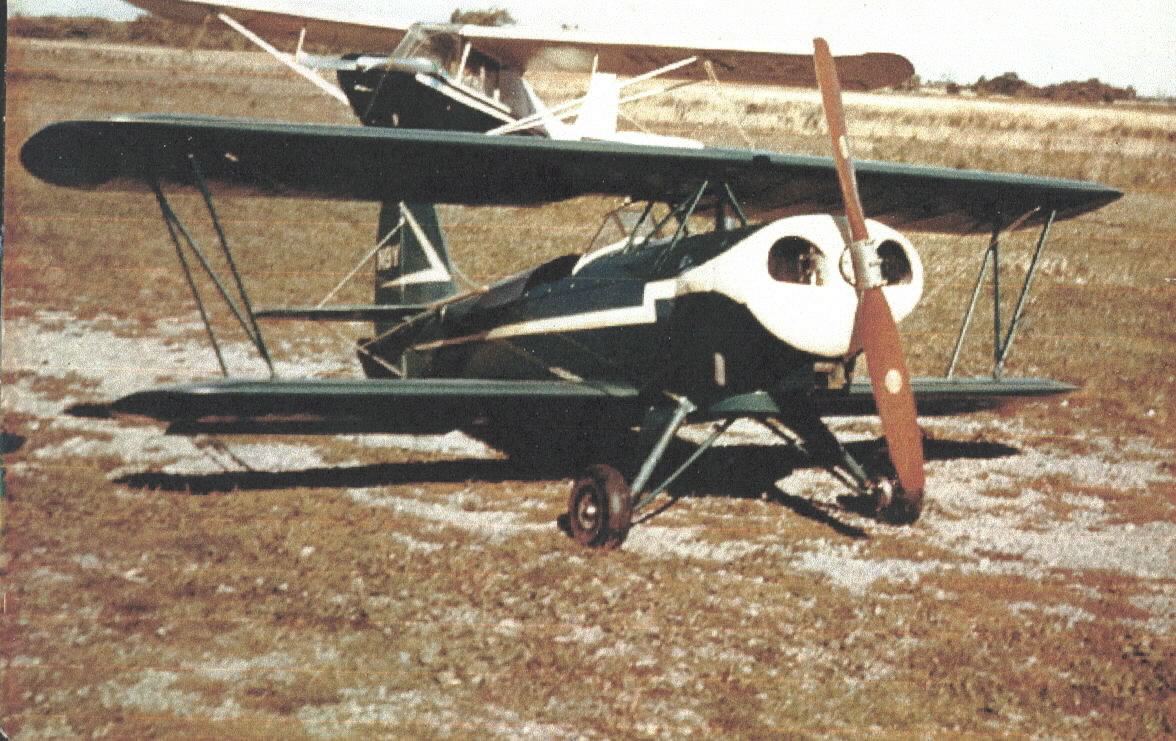
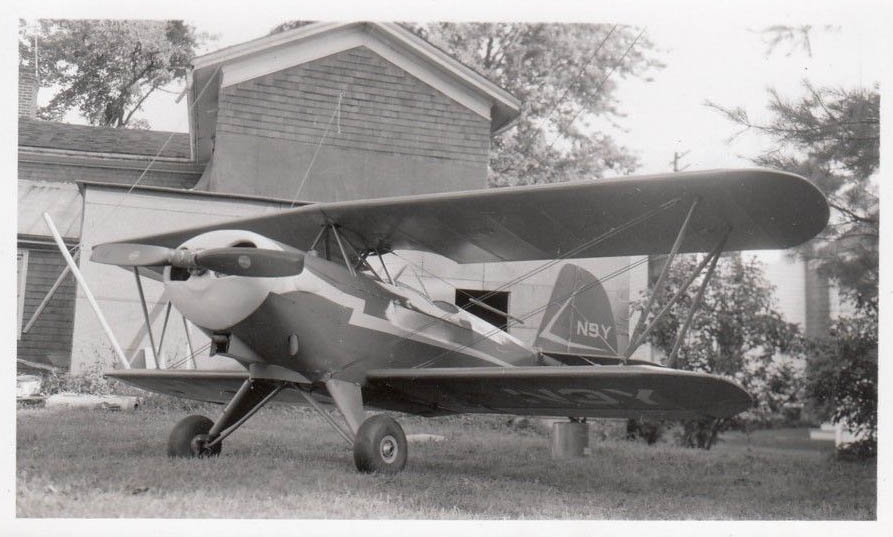
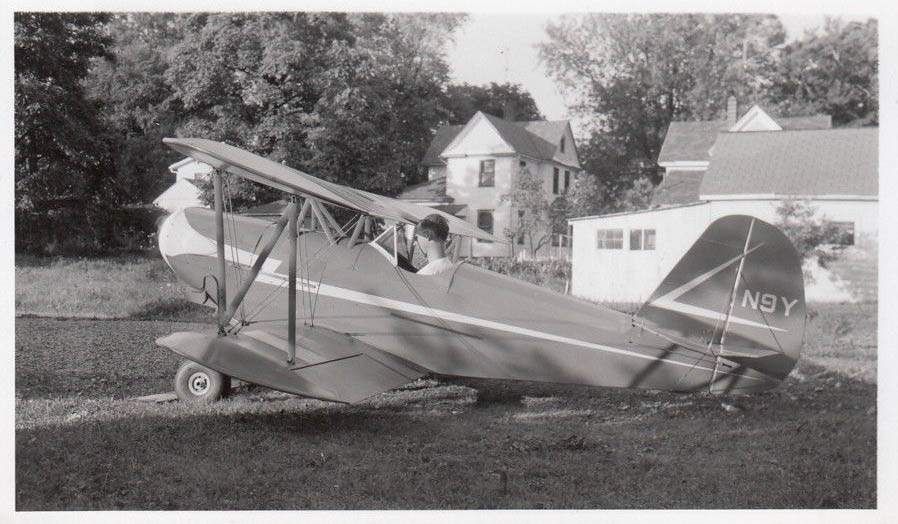
Barney flew it for a time and then sold it. Here is a photo of it after Barney sold it:
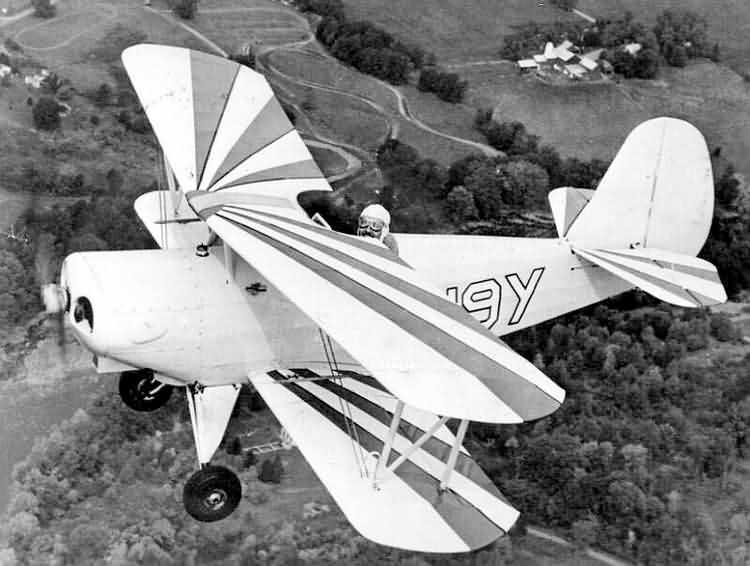
Here is a 3 more photos I got from Karl Knapp on facebook of N9Y
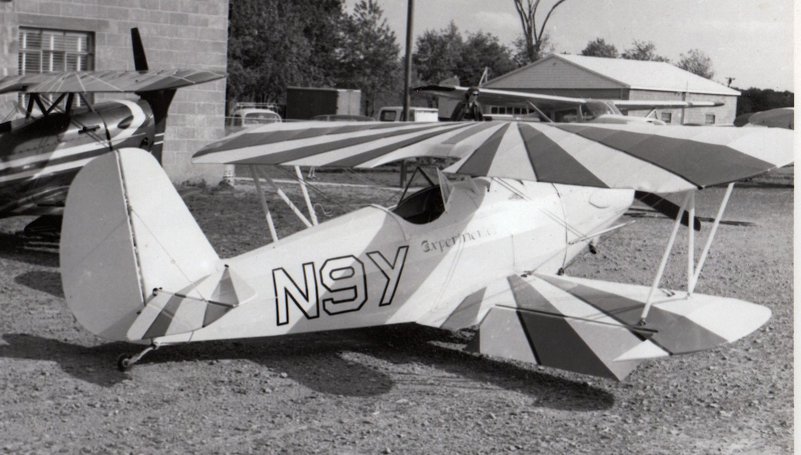
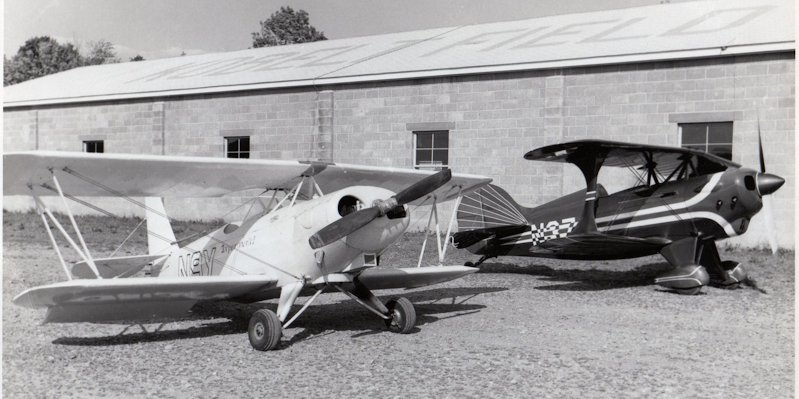
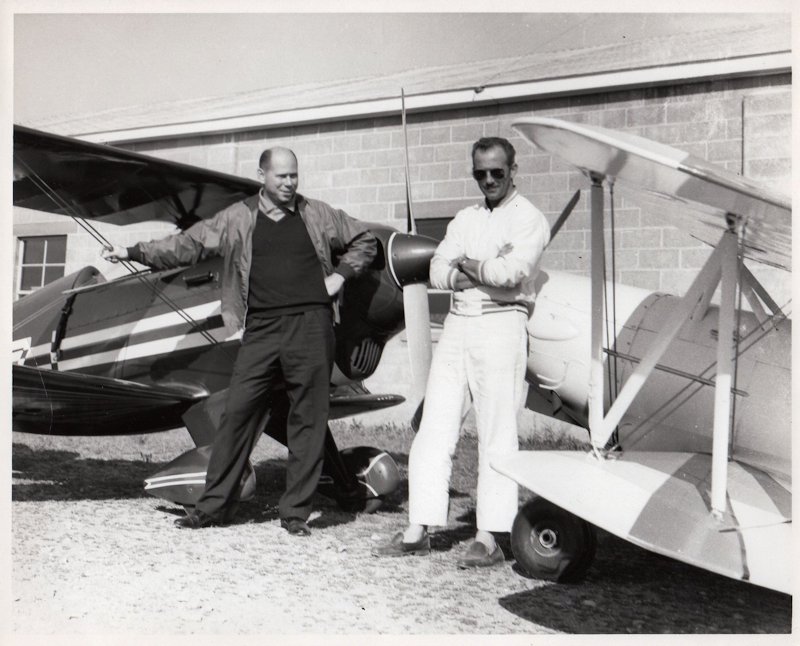
It was then damaged in an accident and Barney got it back. Then Barney got ill with cancer. Barney's daughter believes it was then (late 1960s? ) that Dick Lane came to help. Here is some more history according to Alan Lane (Dick Lane's son)
" my father (Dick Lane) was called to his friend’s, Barney
Oldfield's place in Waterloo, NY, to “help” Barney work on a Baby Lakes (Ed.
Note..., according to Barney's daughter it was probably to
rebuild N9Y or build the another Baby Lakes ) when he
fell grievously ill with stomach cancer. (Ed. Note: According
to Barney's daughter Barney died in Sept. of 1970 from
cancer) My father, Dick Lane (and
sometimes I would accompany him, at about 8 or 9 years old),
would travel from Trumansburg to Waterloo on weekends, and
work on the airplane, finally completing it just before Barney
died. Shortly after this airplane was done, Harvey Swack came
on board.
THEN, comes N181H, or as we always called it, “The Butterfly
Baby”. That is the one that my Dad, David Hamm and I
built in about two weeks in a mad dash to get it to Oshkosh,
for Harvey, to show it to the aviation community. Besides
helping weld, cut parts, stitch wing ribs, etc., my primary
job was to come up with a “striking” paint job. Harvey
wanted a real “eye catcher”. As is shown in
a video we have of the construction of the plane, a Monarch
Butterfly was always hovering around as we were
building, and I just thought, OK, that’s the paint scheme. I
guess it was OK, as it made the front cover of the Sport
Aviation magazine covering the Oshkosh fly-in.
Next, came the Buddy Baby. This was both designed and built by
my father. He conceived the idea, having ridden motorcycles in
his youth, as a way to get close to your flying buddy. It took
him about three years to complete the airplane, and he still
owns it and it is flight ready in a hanger in Ohio, even
though he will never fly it again, age taking that possibility
away. Hopefully, it will be coming east, again, and I will
take possession of it this summer. One quick note: Dad
finished and flew the airplane in “silver”, just the prime
coats and the silver dope that protects the fabric covering
from UV damage from the sun. THEN, he talked me into painting
it. Never again, as the surface was covered in a light
coating of oil, grime, dust, dirt, etc., that made getting the
paint to stick almost impossible, and surely twice the work! I
was, again, given free rein in the design and decided to do
another butterfly theme, although more stylistic this time.
Guess it worked out, ‘cause it ended up on the cover
again, after the Oshkosh showing that my son accompanied his
Grandfather to. I think it was like 12 hours of flying
time in that cramped little airplane for my then close to 6’
tall son! Ah, to be young……………………………."
End of quote from Alan Lane.
Jim Culver emailed me and had this on the history of N9Y:
"I thought that I would chime in with a little additional information,
N9y
after completion in Waterloo was moved to and based at Scenic Air Park
overlooking Glass Factory Bay in Geneva NY. All of the test piloting was
done by the Airport manager Harold Culver, he can be seen sitting in
the cockpit in the third photo on the website. Harold logged quite a few
hours in the baby Great Lakes including one trip to Wellsboro
Pennsylvania. A fellow by the the name of John Long was the first owner
of N9Y, buying it from Barney and basing it at Scenic Air. John loved
flying but was unable to obtain a private pilots license due to health
reasons and eventually sold the plane to Harvey Swack sometime in the
mid to late fifties Somewhere I have an old log book of Harold
Culver's
and if I can put my hands on it I will copy of all logged flights of
N9Y.There is also a possibility that I may have pictures of the plane in
it's early form on 35mm slides, if so i will have them converted to
digital for
you.
Sincerely, James Culver
(Ed. Note 2012 Harvey
Swack passed on to me that N9Y has been sold to a man in
California, it will be restored we hope and students in a class
at a museum will participate in the rebuilding of the wing and
complete the rebuild.)
So the original Baby Great Lakes was a roughly
scaled down Great Lakes Sport Trainer to be a fun and safe
airplane to fly. It is designed to 9 g's plus or minus
when it is built according to plans and in the design weight
limits. It uses the M6 airfoil. The Great Lakes Sport Trainer
used the M12 airfoil. The M6 airfoil is also the airfoil
the Pitts S1C used.
The original Baby Great Lakes had an A-80 Continental
engine. The plans from the 1970's recommended
that the Baby Great Lakes be powered by 65-85 hp engines. The
Volkswagen engine was not recommended by Harvey Swack because of
the small prop and less thrust.
Here is a weblinks to an
an
EAA article (pdf format) with history about the Baby Great
Lakes: Here is 1
and
Here is another
2
Here is a list of EAA publications
about the Baby Lakes designs.
The Baby Lakes Basic Baby Lakes with 65-90 hp engine. Click here to see a 3 view of Baby Great Lakes